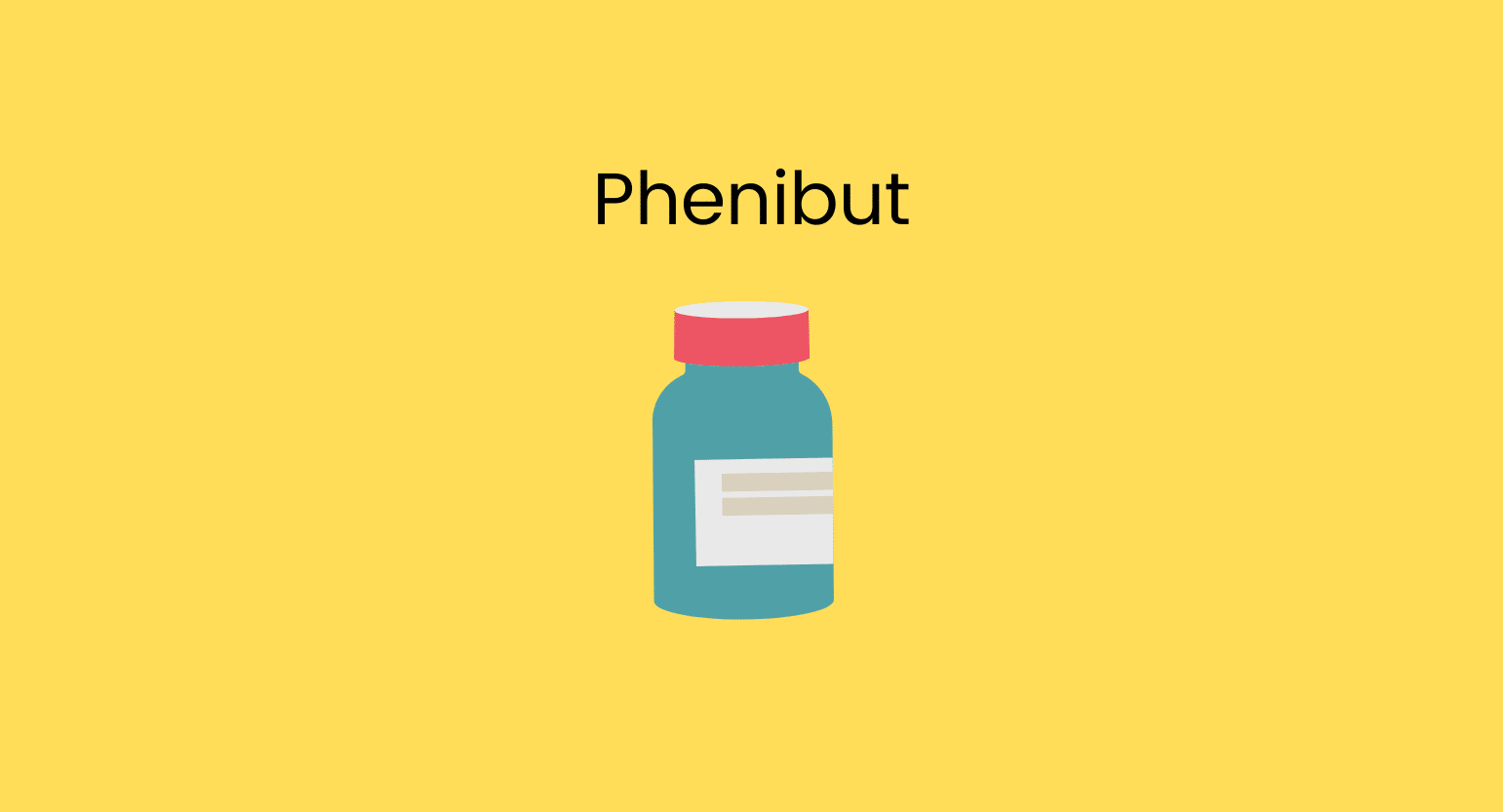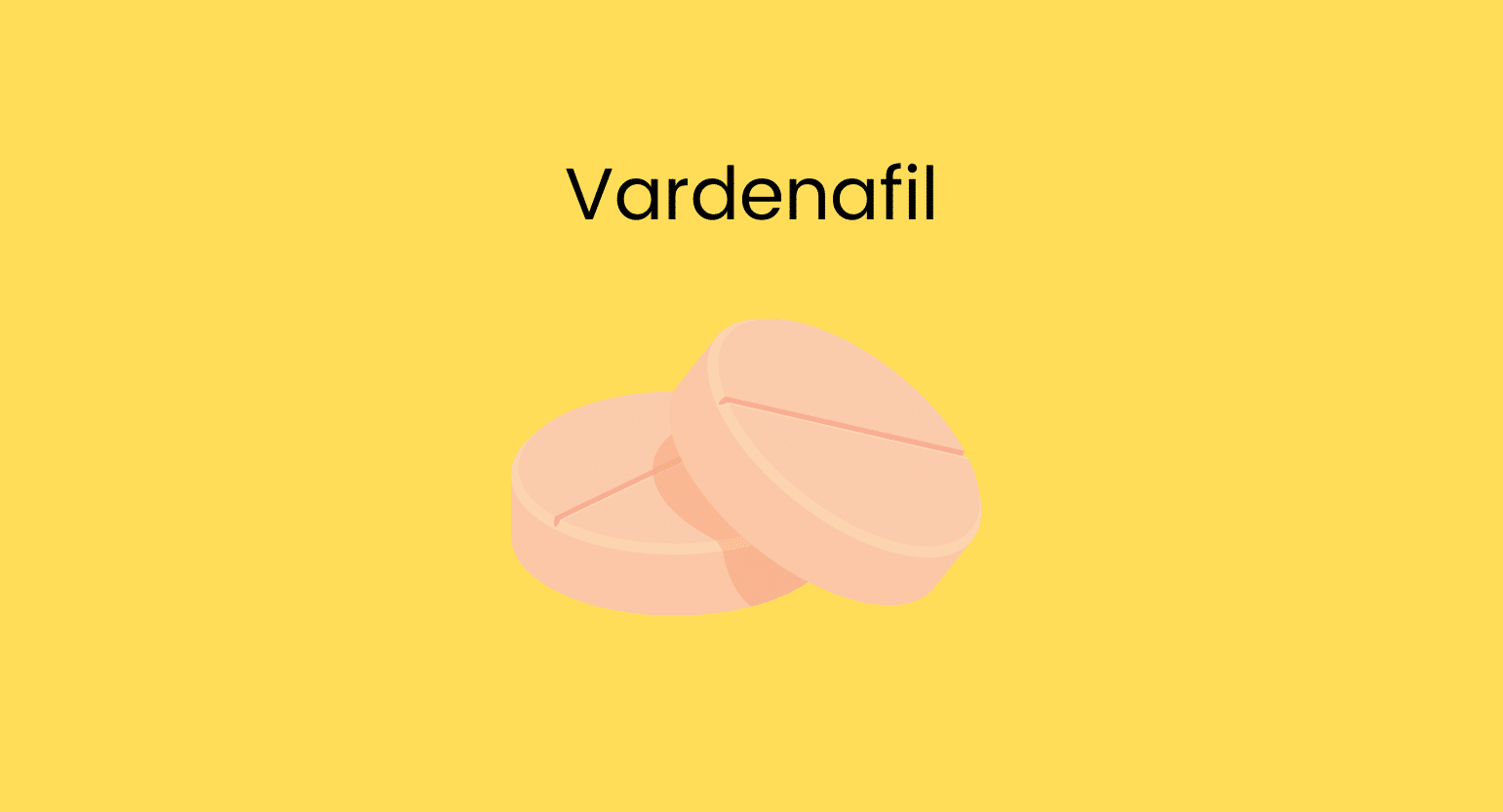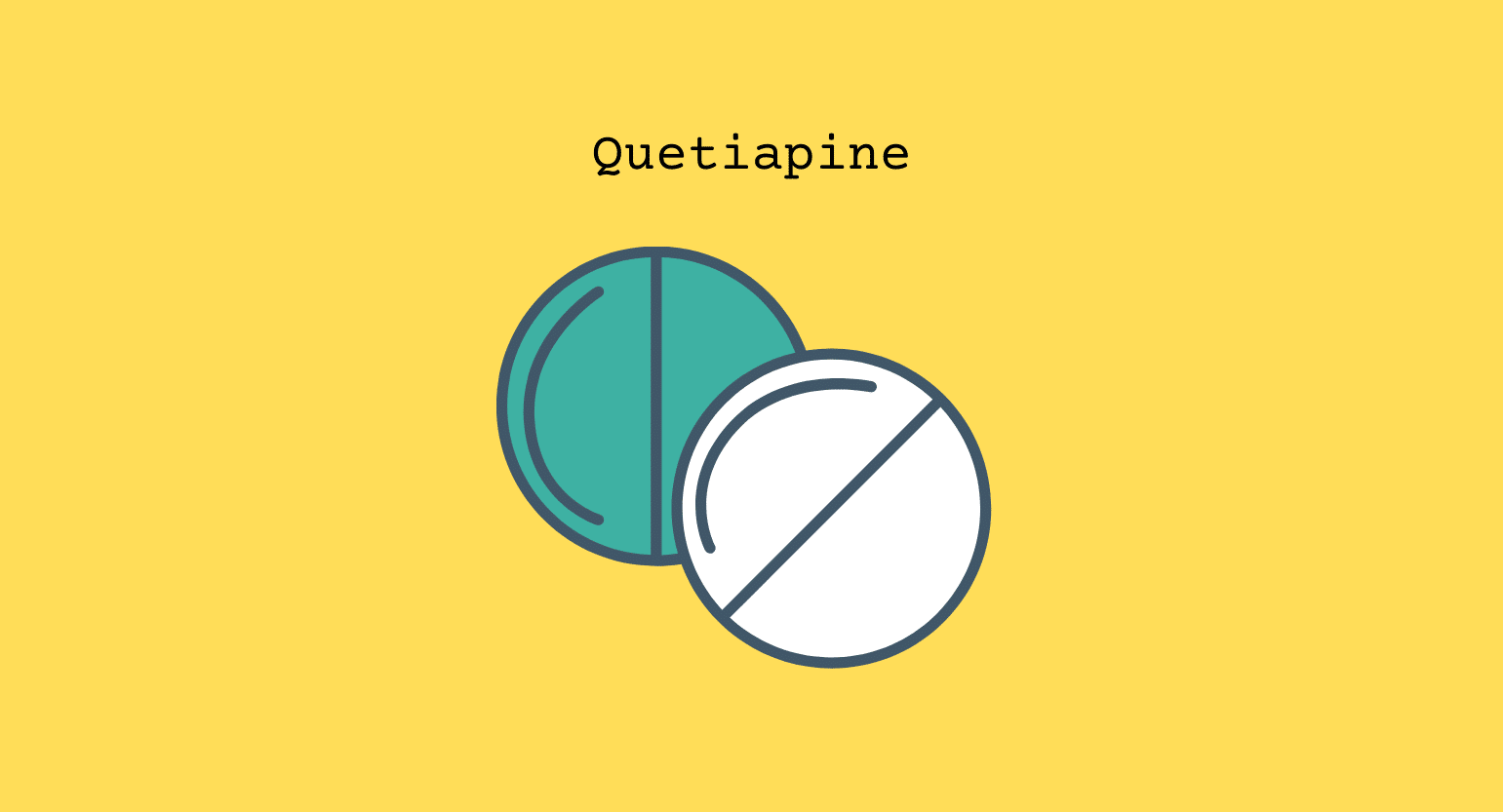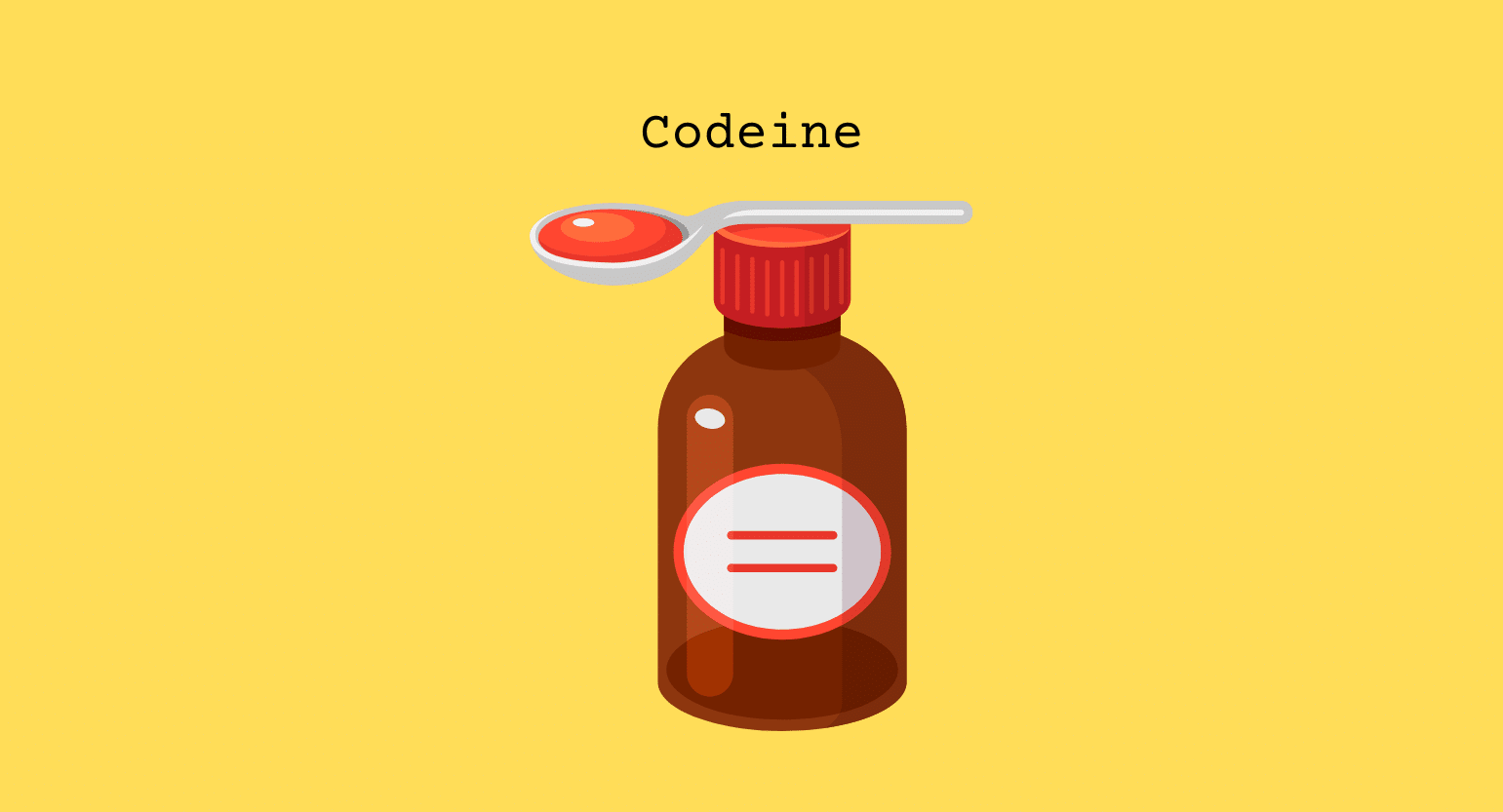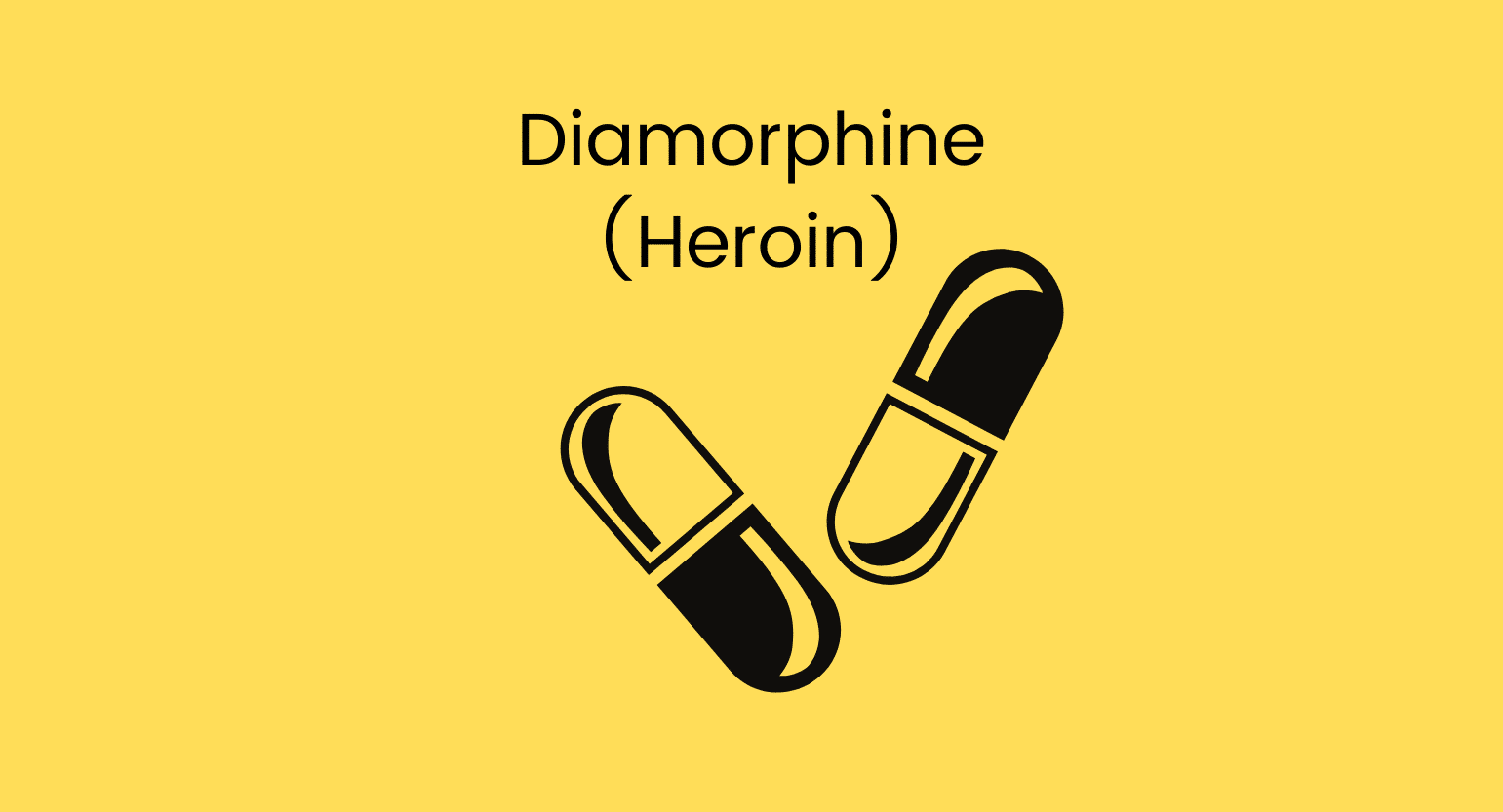Does Kratom Interact With Phenibut?
Yes; when taken together, kratom and phenibut can interact in a few ways.
To begin with, phenibut is a central nervous system (CNS) depressant, which means it can slow down brain activity, promote muscle relaxation and induce sleep [1]. Kratom’s interaction with the CNS is slightly more complicated, as it has both stimulant and depressant qualities. However, kratom interacts with opioid receptors like other opioids do, which are also depressants.
If taken together kratom and phenibut likely have an agonistic interaction. This type of interaction happens when two drugs have similar effects on the body and potentiate each other’s effects when taken simultaneously. This agonistic interaction increases the risk of severe side effects like respiratory depression.
However, kratom is also a stimulant, so these two can also have an antagonistic interaction, where two drugs with opposite effects counteract each other.
Since little is known about phenibut’s pharmacokinetics, it is hard to determine the metabolic interaction between these two compounds.
However, the WHO Expert Committee on Drug Dependence released a paper saying phenibut shows minimal metabolization and is excreted in the urine largely unmetabolized. This suggests that kratom and phenibut aren’t metabolic competitors.
Is it Safe to Take Kratom With Phenibut?
No; combining kratom and phenibut is not safe. This combination has a high-risk of causing unwanted side effects. Kratom is relatively safe, and while phenibut can cause fatalities, it does appear to be well-tolerated on average. However, this can easily change when compounds are mixed.
Mixing kratom with any CNS depressant is a bad idea as it can lead to respiratory depression — the leading cause of death in opioid-related drug use — and increase the incidence of other side effects.
To stay safe, we recommend you avoid mixing kratom and phenibut, especially at higher doses. Always consult your doctor if you have questions.

What is Phenibut?
Phenibut — sold under the brand names Anvifen, Fenibut, and Noofen — is a central nervous system depressant mainly used for its anxiolytic (anti-anxiety) effects. This drug may be ingested orally as a tablet or taken intravenously [1].
Phenibut is an analog of the GABA neurotransmitter — a key inhibitory neurotransmitter in the body. It has a similar profile to other GABA analogs, such as baclofen.
The FDA has not approved Phenibut for use in the United States. In 2019, the FDA warned that certain dietary supplement companies were using phenibut in their products and reminded the public that this violates the law. It is also banned in most of Europe. Phenibut is mainly used in Russia, where it is a prescription-only medication.
Phenibut Specs
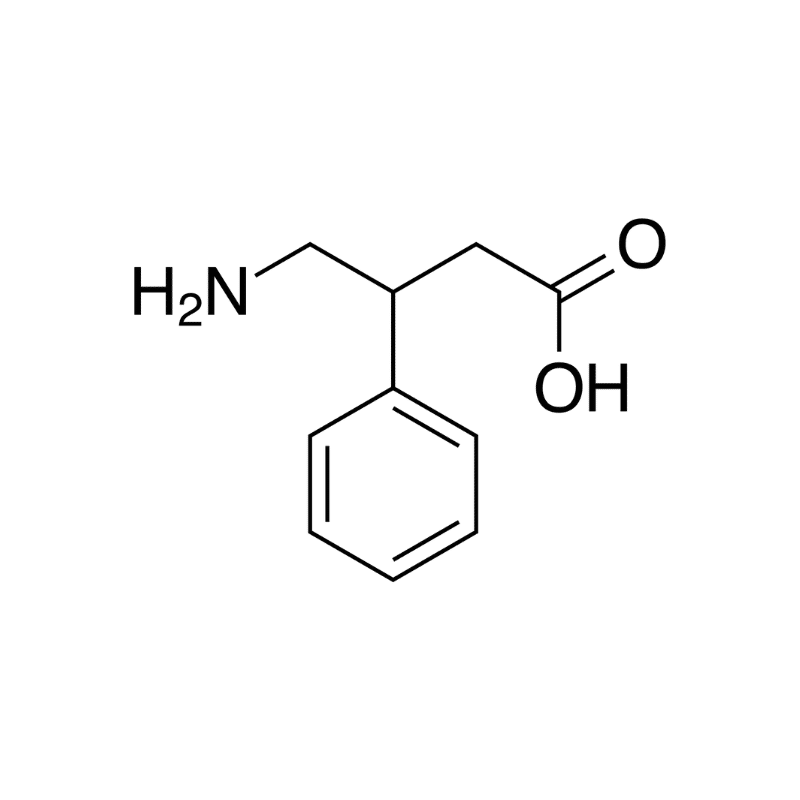
| Drug Name | Phenibut |
| Trade Name | Anvifen, Fenibut, and Noofen |
| Classification | GABA analog |
| CYP Metabolism | Not CYP mediated |
| Interaction With Kratom | Agonistic and antagonistic interaction |
| Risk of Interaction | Moderate to High |
What is Phenibut Used for?
Phenibut has anxiolytic, relaxant, and supposedly nootropic (cognition-enhancing) properties [1].
It is prescribed in certain countries for the treatment of a wide array of ailments [1]:
- Alcoholism
- Anxiety
- Asthenia
- Depression
- Dizziness
- Insomnia
- Ménière’s disease
- PTSD
- Prevention of motion sickness
- Vestibular disorders
Phenibut can also be bought on the internet, where it is frequently marketed as a nootropic drug with potent cognitive enhancing benefits. However, there is scarce medical literature to substantiate these claims.
Related: Kratom vs. Phenibut
Generic & Brand Name Versions
Phenibut can be found under the following brand names:
- Anvifen
- Fenibut
- Noofen

What’s the Dose of Phenibut?
The general recommended dose of phenibut is 0.25-2 g per day [2], although these numbers could vary depending on the condition treated.
However, only people receiving a phenibut prescription are getting a qualified opinion. If this is not your case and you’re self-administering phenibut, you should stom self-administration and consult your doctor about the best treatment options for you.
What Are the Side Effects of Phenibut?
On average, phenibut is well-tolerated, but it does have side effects that you need to know about [1]:
- Agitation
- Anxiety
- Dizziness
- Headache
- Irritability
- Loss of balance
- Motor incoordination
- Nausea
- Sedation
- Skin rashes
- Somnolence
Prolonged use of phenibut at high doses may result in the following:
- Eosinophilia
- Fatty liver disease
Aside from its adverse effects, phenibut is known to cause physical and mental dependency and there have been several cases of lethal overdose [3]. Also, suddenly stopping phenibut use may lead to withdrawal symptoms.
Contraindications to phenibut are:
- Children under 2 years of age
- Known sensitivity to the compound
- Pregnancy and breastfeeding
- Renal impairment
- Ulcerative lesions of the gastrointestinal tract
What is Kratom?
Kratom is an organic herbal compound made from the leaves of the Mitragyna speciosa, a tropical evergreen tree native to Southeast Asia. Kratom has been used for centuries by indigenous communities in Asia for its wide range of psychoactive benefits.
This tree’s leaves are filled with alkaloids, giving them unique properties. The two most abundant alkaloids are mitragynine and 7-hydroxymitragynine.
The alkaloids contained in kratom interact with the body similarly to opiates. They bind to opioid receptors in the body and create comparable effects [4]. For this reason, kratom is an effective treatment for opioid withdrawal. However, it is crucial to note that kratom is addictive and has the potential to cause side effects in larger doses.

What is Kratom Used for?
The effects of kratom will vary depending on the dose.
In low doses, kratom can increase physical and mental energy, increase focus, enhance creativity, and give feelings of euphoria.
With medium to high doses, kratom is a potent analgesic and can provide anxiolytic (anti-anxiety) benefits. Additionally, higher doses can also promote sedative-like effects, good for those suffering from insomnia or chronic pain.
And as if that weren’t enough, kratom has also been used successfully to treat the withdrawal symptoms stemming from opioids, benzodiazepines, and alcohol. Additionally, kratom has shown promise as a weight-loss supplement.
Only time will tell what other uses will be discovered.
What’s the Dose of Kratom?
As with most other drugs, dosage recommendations vary according to several factors, such as your age, metabolism rate, weight, method of consumption and treatment goals.
Generally, it’s never a good idea to take a formulaic approach to kratom dosage recommendations.
However, you can probably follow these dosage guidelines to start with.
- Low dose (1-5 g)
- Medium dose (5-10 g)
- High dose (10-12 g)
We recommend starting with a low dose and increasing gradually until finding the desired effects. First-timers should never exceed 5 grams of kratom.
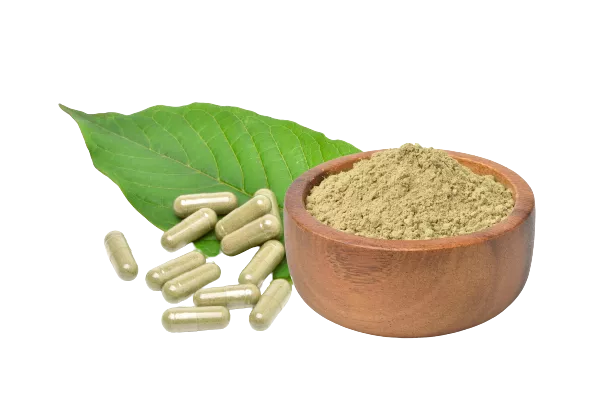
What Are the Side Effects of Kratom?
Kratom has its fair share of side effects; the most common are nausea, headaches, dizziness, and fatigue. Most of these effects can be avoided by going low and slow with the dose. These side effects are much more common with larger amounts.
The side effects of kratom may include:
- Anxiety
- Constipation
- Dizziness
- Headaches
- Heart palpitations
- Insomnia
- Itchiness
- Liver damage (with long-term use)
- Loss of muscle coordination
- Low blood pressure
- Low libido
- Poor appetite
- Seizures
- Tremors or muscle contractions
Additionally, kratom consumption can cause an addiction. Thankfully, its overdose potential is relatively low. Overall, kratom is safe and helpful for most people.

What Are the Different Types of Kratom?
Good news for all who like to tweak their consumption to find the perfect experience: kratom is available in various strains, and they offer unique effects.
These strains contain the same basic properties, but each emphasizes certain effects to differing extents.
Make sure to try out different strains to find the one that works best for you. Remember that even though they are all named after a particular color, they’ll look the same once processed.

White Vein Kratom
White vein kratom offers mind-based, nootropic benefits, such as increased attention span, creativity, a general improvement in mental energy, and euphoria.

Red Vein Kratom
Red vein kratom is an extremely popular strain for chronic pain patients. It is the ideal strain for getting the most out of kratom’s analgesic and anxiolytic benefits.
These effects are triggered only through medium to high dosages, so the red-veined strains can be excellent for those who want these benefits but don’t want to consume a large amount of kratom.

Green Vein Kratom
Green vein kratom is best thought of as a mixture of red and white kratom. It has a great balance of benefits and can exemplify the whole breadth of the kratom spectrum.

Yellow Vein Kratom
Yellow vein kratom is quite similar to green-veined strains. Its main attribute is the fact that it’s milder than the other three strains.
Key Takeaways: Is it Safe to Mix Kratom & Phenibut?
It is not advisable to mix kratom with any central nervous system depressant as this increases the risk of severe adverse effects. Only your doctor can tell if a limited dosage won’t put you at imminent risk, but we still recommend you stay away from this mix.
Always consult your doctor before mixing any supplements or medications. Given phenibut’s many regulatory troubles in Europe and the United States, it’s likely you won’t find phenibut there.
- Lapin, I. (2001). Phenibut (β‐phenyl‐GABA): A tranquilizer and nootropic drug. CNS drug reviews, 7(4), 471-481.
- Kupats, E., Vrublevska, J., Zvejniece, B., Vavers, E., Stelfa, G., Zvejniece, L., & Dambrova, M. (2020). Safety and tolerability of the anxiolytic and nootropic drug phenibut: a systematic review of clinical trials and case reports. Pharmacopsychiatry, 53(05), 201-208.
- Graves, J. M., Dilley, J., Kubsad, S., & Liebelt, E. (2020). Notes from the Field: Phenibut Exposures Reported to Poison Centers—United States, 2009–2019. Morbidity and Mortality Weekly Report, 69(35), 1227.
- Hanapi, N. A., Chear, N. J. Y., Azizi, J., & Yusof, S. R. (2021). Kratom Alkaloids: Interactions with Enzymes, Receptors, and Cellular Barriers. Frontiers in Pharmacology, 12.

